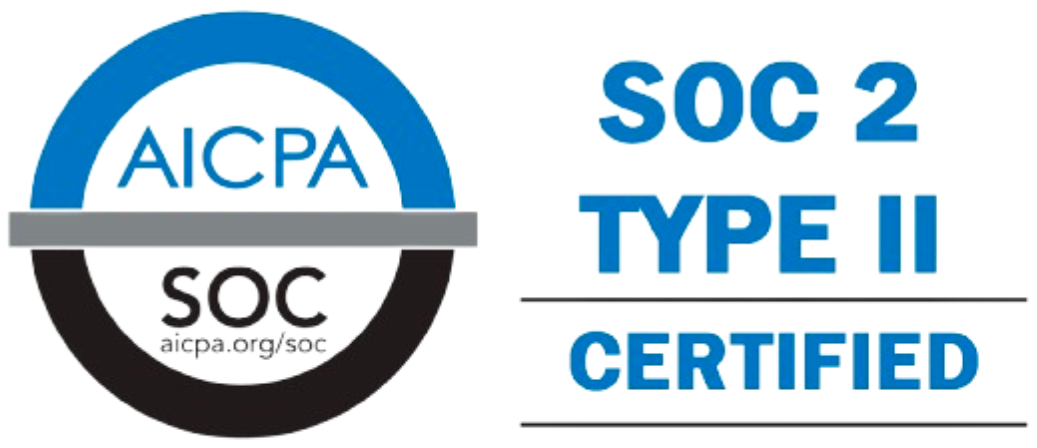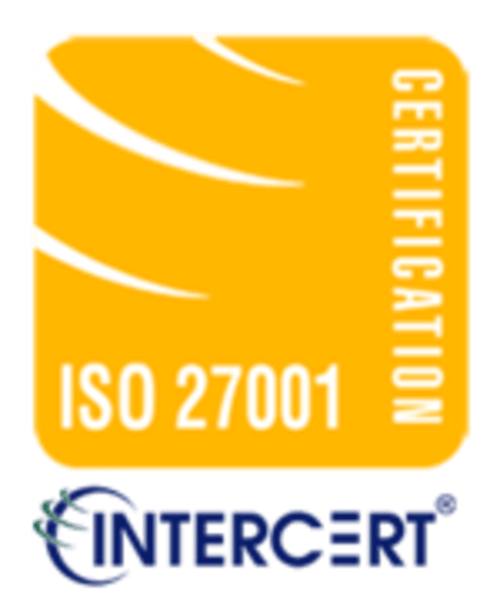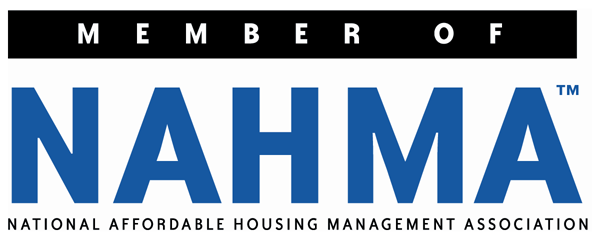
Key Metrics to Track in Real Estate Asset Management
- April 19, 2023
- OHI

The role of asset management in the real estate sector is to oversee the entire property end-to-end. Driving revenues and profitability is an important aspect of function.
This is where establishing clear Key Performance Indicators (KPI), or key metrics, can help set clear targets and bring measurability to the process. In this blog, we outline key metrics that need to be tracked and how you can go about this process more efficiently and effectively.
When managing any type of asset, it is important to track performance so as to optimize profits. For instance, mutual funds have relationship managers who deploy various strategies to maximize returns.
By tracking key metrics, asset managers can reduce expenses, leverage data to make smart decisions, enhance the revenue model, and drive up profitability. Efficient asset management can also accelerate and help property values appreciate over time.
Here is a snapshot of key metrics. Additional metrics can be added over time:
This is one of the most important metrics to track in any real estate property. If the majority of offices, flats, or rooms are lying vacant, it drives down revenues. Once you have access to these numbers, you can strategize a plan to increase the occupancy rate.
This process involves identifying strategies to increase the retention rate of occupants. Ultimately, asset managers must be able to monetize all space available and drive maximum profits.
Unpaid dues are also referred to as rental areas. As this amount keeps increasing, it can result in negative cash flows. It can also generate a culture of rental debt amongst occupants.
At any given time, asset managers must have a clear idea of how much rental arrears are owed to them. Accordingly, they can design collection strategies and send legal notices, as required.
This metric helps asset managers understand the proportion of occupants who have left the property as compared to those who have stayed. If too many occupants are leaving before their lease runs out, this can impact revenue.
This trend results in a growing number of unoccupied spaces and, in turn, lost revenues. With the numbers in hand, asset managers can strategize to ensure 100% occupancy at all times.
This is a key metric that indicates how much profit a property is generating. It is calculated in the context of operating expenses. For instance, if the operating expenses exceed the gross operating income, i.e., rental collected from occupants, then the net operating income will be negative.
If this is the case, then asset managers need to take quick steps to reduce operating expenses and optimize the net operating income to enhance profitability.
Tracking revenue growth enables you to understand the various revenue sources and which ones are generating more revenues, etc. Access to this data on a year-on-year basis enables asset managers to build a strategic revenue model and keep it dynamic to help maximize revenues.
Some examples of revenue sources include rent, fees charged on amenities, leasing out of the property for events, and extra charges, such as pet occupancy fees.
Traditional asset management involves a significant amount of manual effort, which can result in mistakes and duplication of data. Today, asset management teams can partner with specialists in real estate accounting and asset management expertise to avail the benefits of tech-enabled, data-driven cloud-based accounting solutions.
Such a partnership brings a high degree of measurability to the function. It proactively recommends ways to reduce costs and enhance revenues.
OHI is a sixteen-year-old real estate services company working with 100+ commercial and residential real estate developers, funds and property management companies across USA. Our deep expertise in real estate accounting, financial analysis, lease administration and asset management has helped clients cut associated costs by 40-50%. We currently provide these services to a portfolio of 150,000 units across clients.
We invite you to experience finance and accounting outsourcing through us.
Learn More About our Asset Management Services – VIEW HERE
Contact us for a customized NO OBLIGATION proposal for outsourcing your accounting activities.







